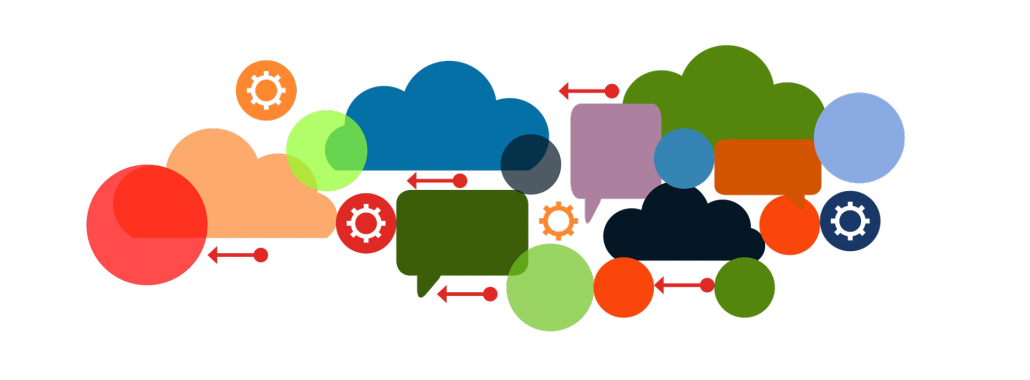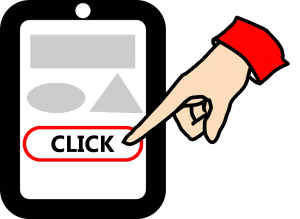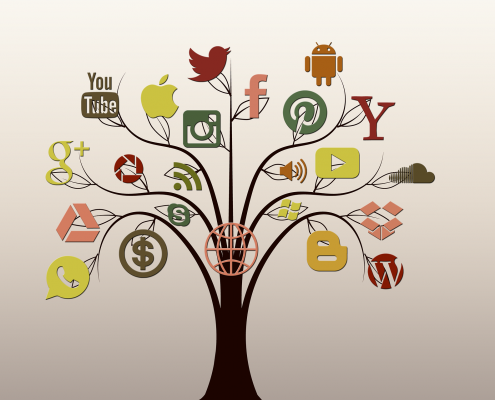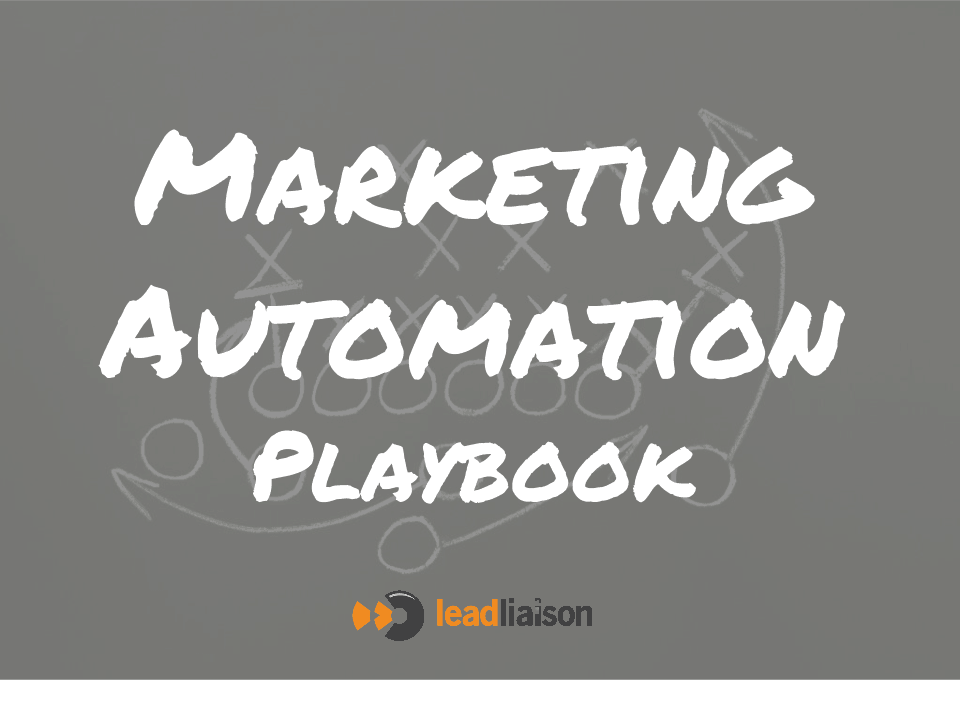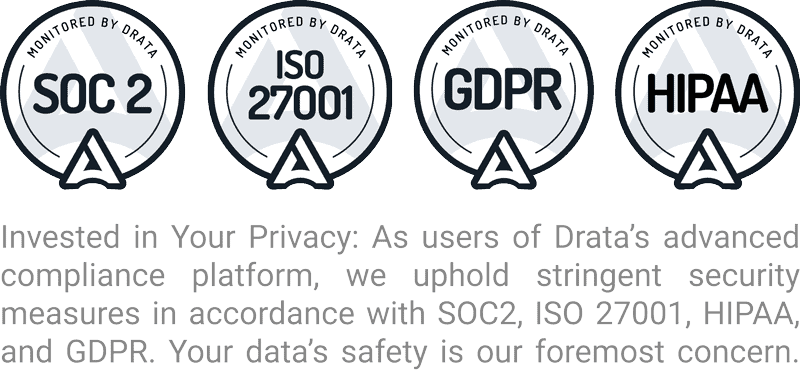How to Run a Webinar: Are you Ready for a Webinar?
This is the first installment in the series How to Run a Webinar.
You’re probably reading this with the mindset that you are going to do a webinar. You’ve thought about the topic, decided your company is going to do it, and thought about the material to use; but – are you really ready for a webinar? Executing a successful webinar can be expensive, and requires a lot of preparation. Here are some things to consider before moving forward:
Expect Higher Attendance with:
- Strong audience connection. If the audience already knows, likes and trusts you or they know, like and trust whoever is promoting the webinar then attendance will be much higher.
- Your opt-in database or cold audience. Participation will be much higher when marketing to your own opt-in list vs. a “cold audience”.
- Low industry/topic saturation. If your industry or even the topic has been saturated with webinars expect a lower turnout.
- Hot topics. If your subject matter is a hot topic right now that’s pushed the audience’s emotional hot buttons of pain, desire or curiosity, then you can expect a higher attendance rate.
- Big name involvement. If you’re going solo on the webinar, and don’t have a lot of people to invite, it’s a lot harder to drive attendance than having a co-presenter, as well as invite-support, from a big name company. For example, suppose you were a technology company with Google as your partner. Could you get a Google employee to co-present with you? Could Google help broadcast the event through their marketing channels thereby sending more people to your landing page? Your webinar will benefit from a big brand name, making it more attractive to your audience, with a larger pool of people to invite.
- A larger invitation list. The quality of your invitation list is certainly a factor, but the size of your invite list matters as well. Inviting 50 people to a webinar is a lot different than inviting 50,000.
Let’s be honest though. If you’re a young company (startup) without much brand recognition, a database that’s not quite “there” yet, and no partners to help with the event…you might still be able to pull off a good webinar with a few tricks. Try offering some incentive to get people to attend. Here are some ideas:
- Offer up a free white paper (worth $X)
- Provide a discount on your product/service if they attend
- Offer a giveaway for the first X number of registrants (think iPod, Chromebook, etc.)
Attendance depends on the factors that will be described throughout this series. About 40-60% of registrants will show up for live viewings, but you can expect more registrants to trickle in and watch on demand over the next few days following your webinar.
Now, you’ve thought through things and you’ve decided you are ready. The next step is to get your data ready. Check back next week for the next installment of the series How to Run a Webinar: Getting your Data Ready!
Interested in a demonstration of our robust marketing automation tool?





